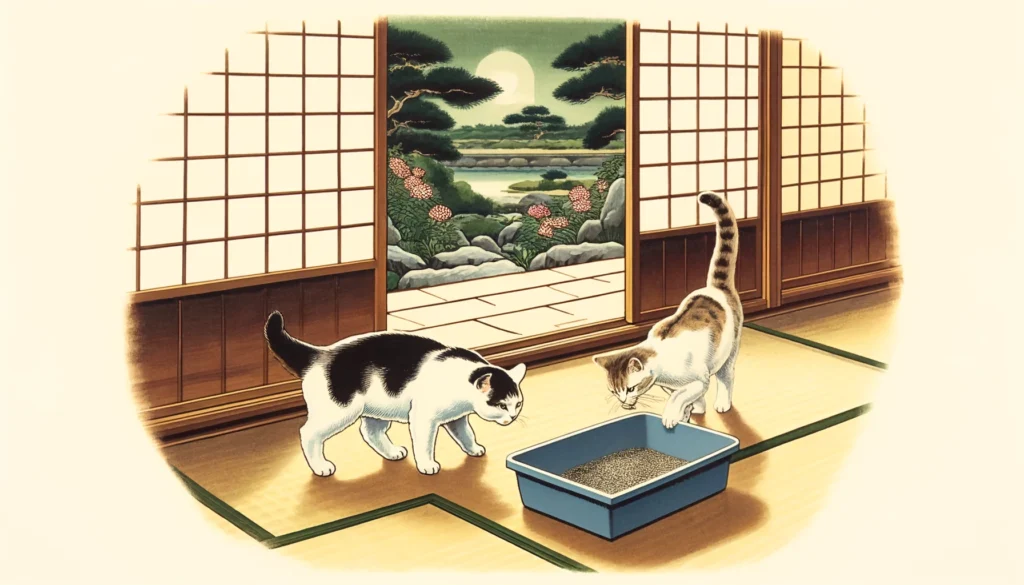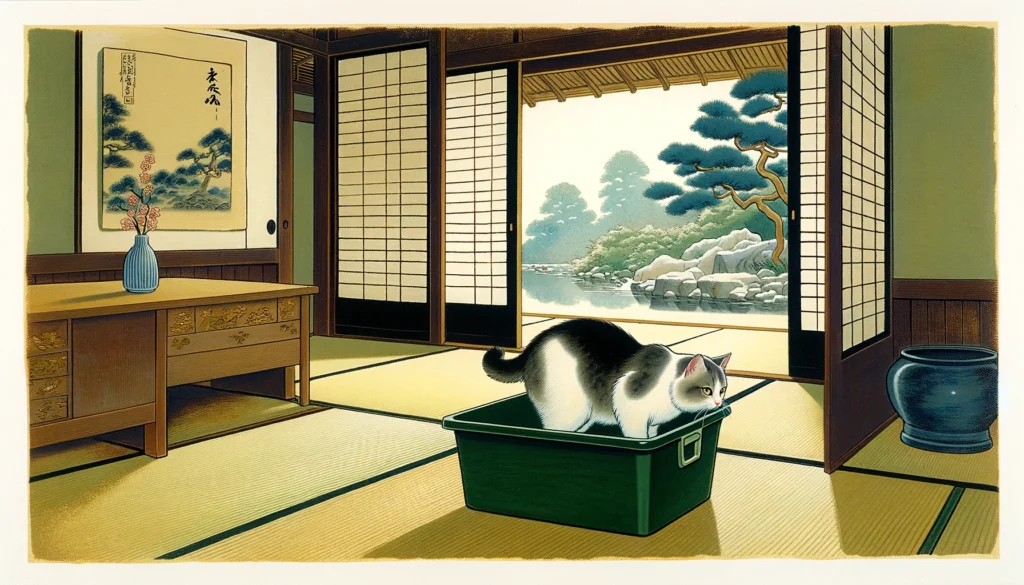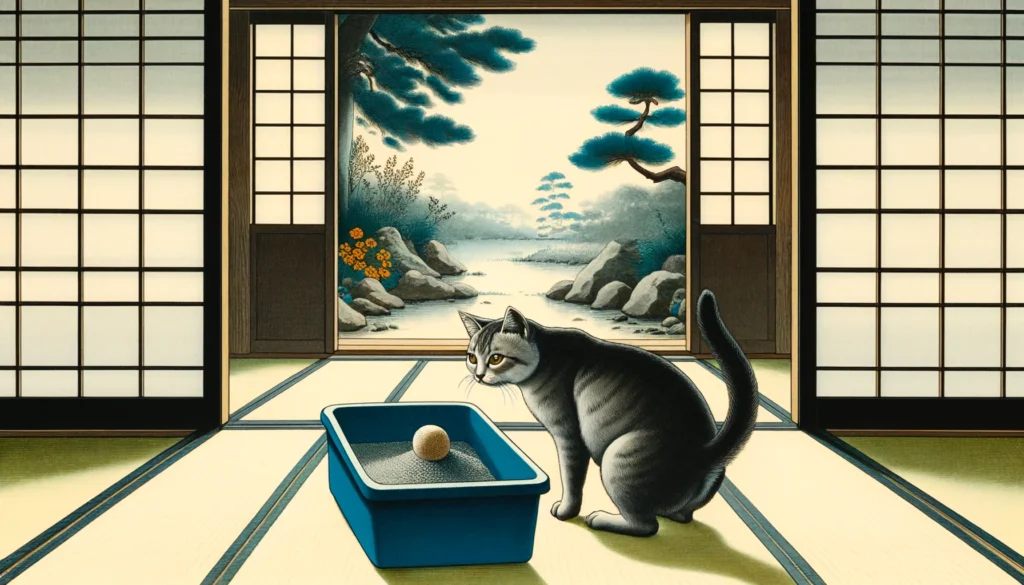Is cat litter toxic? Understanding the safety of cat litter is crucial for all pet owners. Yes, some types of cat litter can be toxic, depending on the materials used. This article dives into what makes some cat litter options safer than others and how you can ensure your furry friend’s wellbeing. As you continue reading, you’ll discover key insights into the components of cat litter and practical advice for choosing the safest options.
- Check the label: Always look for non-toxic materials.
- Go natural: Opt for biodegradable options that minimize health risks.
- Monitor your pet: Watch for any signs of allergies or discomfort.
Transitioning smoothly from the risks to the solutions, this guide will arm you with all the necessary knowledge to make informed decisions about the products you use in your home. Stay tuned as we explore the ins and outs of cat litter safety, turning a typically mundane topic into a fun learning experience!
Key Takeaways
- Safety of Ingredients: Many common cat litters contain potentially harmful chemicals and clumping agents. Opting for litters made from safer, non-toxic materials is crucial.
- Health Impacts: Exposure to toxic cat litter can cause respiratory issues, allergies, and other health problems in pets and occasionally in humans.
- Eco-Friendly Choices: Using biodegradable options like recycled paper or wood shavings helps reduce environmental impact and keeps your home safer.
- Proper Handling: Ensuring proper storage and handling of cat litter can prevent accidental ingestion or exposure, safeguarding both pet and pet owner health.
- Regular Vet Visits: Consulting with your veterinarian about cat litter choices and monitoring your pet’s health for reactions to litter can prevent serious health issues.

Be sure to check out our article and learn 5 Surprising Facts About Corn Litter Safety for Cats
Understanding Cat Litter Ingredients
Many pet owners might not be aware of what cat litter is made from and why it could be harmful. Let’s dig into the gritty details:
Common Toxic Substances in Cat Litter
Some cat litters contain harmful chemicals and clumping agents that can pose health risks. Here’s what to look out for:
- Silica dust: Often found in clumping litters, which can irritate lungs if inhaled.
- Artificial fragrances: Added for odor control but can be harsh on sensitive noses.
- Borates or boric acid: Sometimes used as a preservative, which can be toxic if ingested.
Safe and Non-toxic Alternatives
Fortunately, there are non-toxic alternatives that ensure the safety of your pets. Making the switch is easier than you think:
- Recycled paper: Soft, absorbent, and completely biodegradable.
- Wood shavings: Natural and offers a fresh, woodsy smell.
- Corn and wheat: Renewable and break down easily without harming the environment.
In each section, we’ve highlighted some troubling ingredients but also pointed out easy swaps to keep your whiskered friends both happy and healthy. Isn’t it wonderful that safer options are just a paw’s reach away? Keep reading to learn how to spot these friendly products on your next shopping trip!
Health Risks Associated with Toxic Cat Litter
Exposure to toxic cat litter can lead to several health problems in both cats and humans. Here’s how it breaks down:
Immediate Health Effects on Pets
Cats may experience respiratory issues and allergies from certain types of litter. Watch out for these signs:
- Coughing and wheezing: Triggered by dusty or scented litters.
- Eye irritation: From airborne particles that irritate the eyes.
- Skin rashes: Caused by allergic reactions to chemicals or scents.
Long-term Environmental Impact
Beyond immediate health issues, some litters have a lasting environmental impact. Consider these points:
- Landfill overload: Non-biodegradable litters do not break down, contributing to landfill mass.
- Chemical contamination: Harmful chemicals can leach into the soil and waterways.
- Resource depletion: The mining of clay for clumping litters strains natural resources.
Understanding these risks can help you choose safer, more sustainable options for your furry friend and the planet. Isn’t it great to know that you can make a difference just by selecting the right type of cat litter? Let’s keep our pets and Earth happy and healthy!

How to Identify Safe Cat Litter
Identifying safe cat litter is essential for reducing potential health risks. It’s all about knowing what to look for and where to find it!
Labels and Ingredients to Watch For
Look for labels that list all ingredients and highlight any known irritants or toxic substances. When checking out options, keep these tips in mind:
- Avoid added fragrances: These can irritate your pet’s respiratory system.
- Steer clear of synthetic chemicals: Opt for litters without synthetic additives.
- Biodegradable materials: These are generally safer and better for the environment.
Recommended Brands and Products
Some brands specialize in producing safe, eco-friendly cat litter options. Here’s how to pick the best:
- Research brand reputation: Look for brands with positive reviews in pet safety.
- Certifications: Choose products certified as non-toxic and environmentally friendly.
- Ask your vet: They can recommend trusted brands that focus on pet health.
Choosing the right cat litter isn’t just a minor detail—it’s a major part of ensuring your furry friend stays happy and healthy. Plus, it’s pretty cool to know you’re helping the planet while you’re at it!
Practical Safety Tips for Cat Owners
Implementing practical safety measures can significantly reduce the risks associated with cat litter. Let’s ensure our fluffy friends stay safe!
Proper Handling and Storage
Proper handling and storage of cat litter can prevent accidental ingestion or exposure. Follow these handy tips:
- Use a scoop: Always use a scoop to handle litter, and wash hands afterward.
- Store securely: Keep litter in a sealed container away from pets and children.
- Ventilation is key: Change litter in a well-ventilated area to avoid inhaling dust.
Regular Monitoring and Veterinary Advice
Regular check-ups and discussions with your veterinarian can keep your cat safe and healthy. Here’s how to stay on top of things:
- Annual check-ups: Ensure your cat has regular vet visits to catch any health issues early.
- Discuss litter choices: Talk to your vet about the safest litter options for your cat.
- Watch for signs: Monitor your cat for any changes in behavior or health after switching litters.
By taking these steps, you’re not just being a great pet owner, you’re also becoming a cat care superhero!

FAQ on Cat Litter Toxicity
Q: Is cat litter harmful to breathe?
A: Many clay-based cat litters contain crystalline silica, which helps with absorption and odor control. However, this ingredient also creates silica dust, which can be harmful for both cats and their owners if inhaled, potentially leading to respiratory issues.
Q: Is cat litter toxic to people?
A: Cat litter, often made from bentonite clay, is generally not toxic. However, ingesting bentonite clay regularly, as some people do for health reasons, can lead to deficiencies of essential nutrients.
Q: Is it safe to be around cat litter?
A: It’s usually safe to be around cat litter, but precautions should be taken. For example, pregnant women and individuals with weakened immune systems should avoid changing cat litter to reduce exposure to Toxoplasma, a parasite that can be present in cat feces.
Q: Can dirty cat litter cause health problems?
A: Yes, dirty cat litter can pose health risks. It can harbor bacteria like those causing cat-scratch disease, particularly affecting children under nine and people with compromised immune systems, leading to cat-scratch fever.
Q: Is cat litter safe for children to be around?
A: Generally, clean cat litter is minimally toxic, but children should be kept from playing with or ingesting it. Dirty cat litter can also be minimally toxic and may contain harmful bacteria.
Q: How does cat litter impact indoor air quality?
A: Cat litter can negatively impact indoor air quality due to the release of dust and other particulates, especially from clay-based litters containing silica. This can aggravate respiratory conditions and should be managed by using dust-free or low-dust litter options and maintaining good ventilation.
Further Reading
Toxoplasmosis: An Important Message for Cat Owners
What Happens If You Accidentally Ingest Cat Litter?
Ensuring Your Cat’s Safety Around Litter
Being proactive about the type of cat litter you use is key to your pet’s health. Let’s wrap up what you need to remember to keep your kitty safe and sound!
- Choose Wisely: Select cat litter that minimizes health risks and is environmentally friendly.
- Stay Informed: Regularly check product updates and veterinary advice to stay ahead of any health concerns.
- Act Immediately: If you notice any adverse reactions in your pets, switch to a safer litter option right away.
To conclude, the question, “Is cat litter toxic?” can depend greatly on the choices you make. By choosing the right products and taking appropriate care measures, you can ensure a safe, happy, and healthy environment for your furry friends. So, next time you’re shopping for cat litter, remember the tips from this guide and choose with care! Isn’t it wonderful knowing you’re doing the best for your pet?


